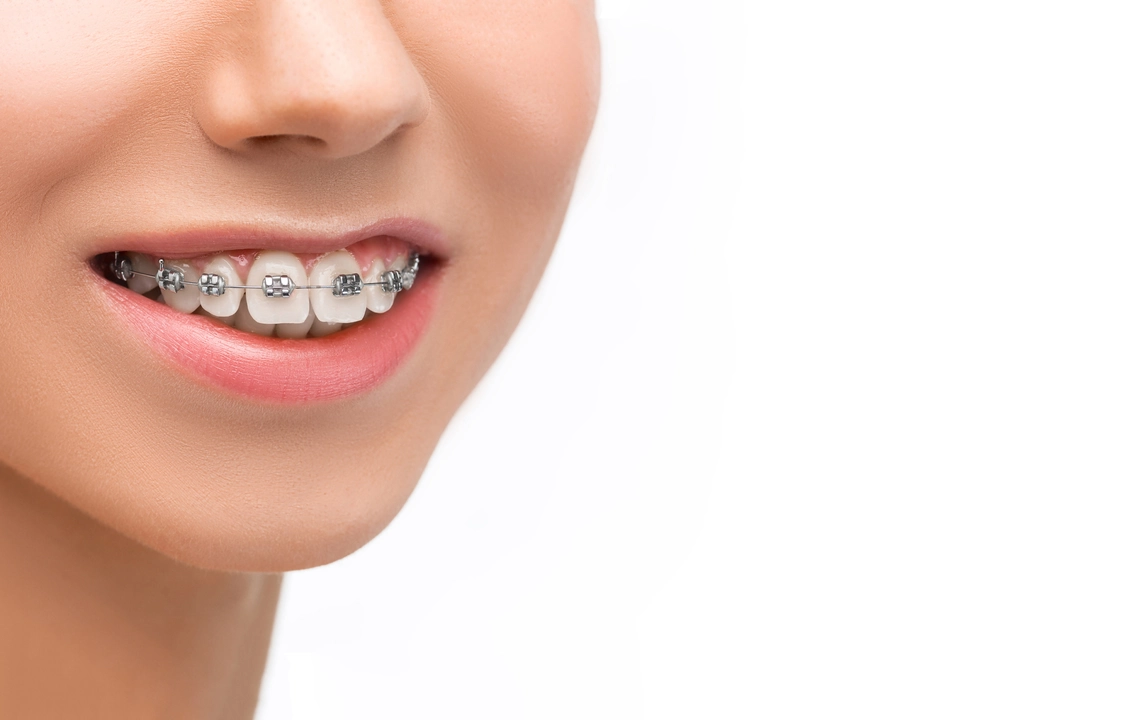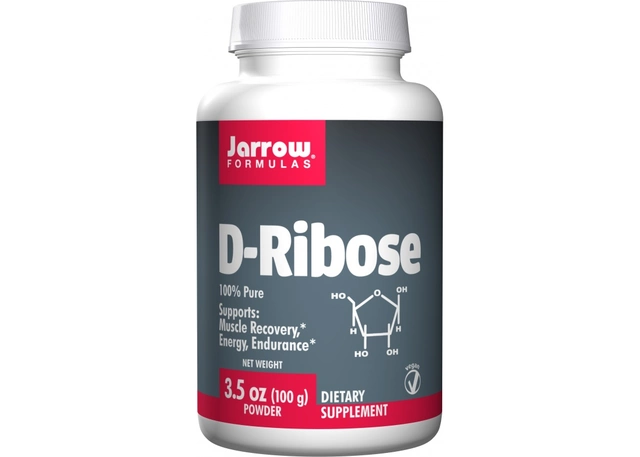Braces: what to expect and how to care for them
Getting braces can feel like a big deal, but most people adjust fast. This page gives clear, useful tips on types of braces, daily care, easing soreness, foods to avoid, and quick fixes for common problems. Read the bits you need and keep this as a checklist while you wear them.
Types and timing — pick what fits your life
Traditional metal braces are the most common and usually the fastest for complex cases. Ceramic braces work like metal but blend in more. Lingual braces hide behind your teeth, though they can be trickier to clean. Clear aligners (like Invisalign) remove for eating and brushing, which many people prefer, but they need strict daily wear to work. Most treatment runs 12–30 months depending on how much movement is needed.
Daily care that actually matters
Brush after every meal if you can. Use a soft-bristle brush and angle the head to clean above and below the brackets. An interdental brush or proxabrush cleans between wires and teeth where a regular brush misses. Floss once a day using a floss threader or special orthodontic floss—this prevents gum problems. Rinse with a fluoride mouthwash at night to strengthen enamel.
Watch what you eat: skip hard or sticky foods that break brackets—think nuts, popcorn, chewy candy, whole apples, and ice. Cut crunchy items into small pieces and avoid biting into things with your front teeth. Chewing sugar-free gum might be okay if your braces aren’t loose, but check with your orthodontist first.
Sores on your cheeks or lips? Orthodontic wax is a quick fix—flatten a small dab and press it over the sharp area. Use saltwater rinses (a teaspoon of salt in a cup of warm water) to soothe inflamed spots.
If a bracket or wire comes loose, keep the area clean and call your orthodontist. You can carefully push a poking wire under the lip with clean tweezers and cover it with wax until you get an appointment. If a wire is causing real pain or bleeding, visit an emergency dental clinic.
Feeling sore after adjustments is normal. Over-the-counter pain relievers like acetaminophen or ibuprofen help many people. Follow package directions and check with your dentist if you’re unsure about doses or if you have health conditions.
Don’t skip your appointments—regular tightening and check-ins keep treatment on schedule. Ask your orthodontist about what to expect at each visit so you won’t be surprised by new bands, elastics, or changes.
At the end of treatment you’ll likely get a retainer. Wear it as instructed—retainers keep teeth from shifting back and are one of the most important parts of treatment that people ignore.
Cost varies a lot by region and type of appliance. Ask about payment plans, insurance coverage, or in-office financing. Get at least two opinions if you’re unsure which option is best.
Got a specific problem with your braces? Contact your orthodontist first. For quick fixes and daily care, these steps will keep you comfortable and on track until your smile is finished.





